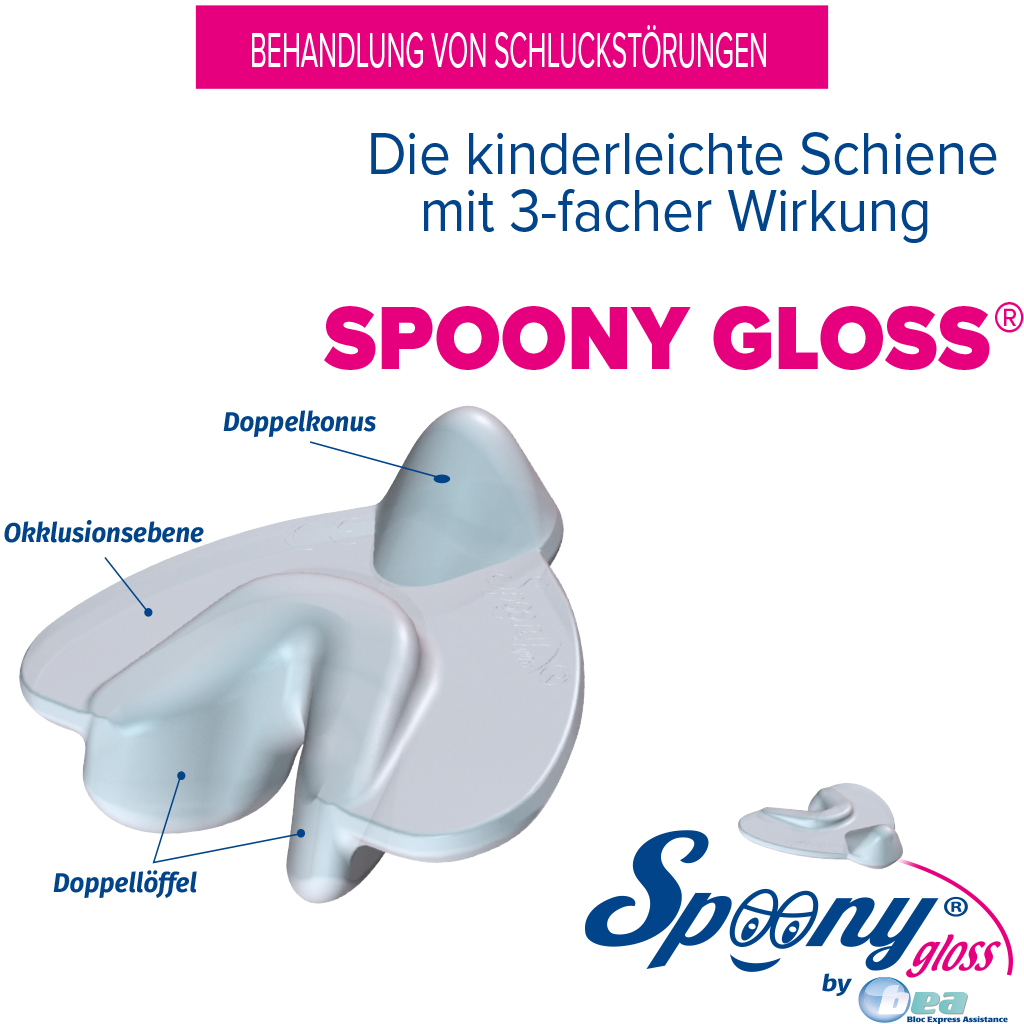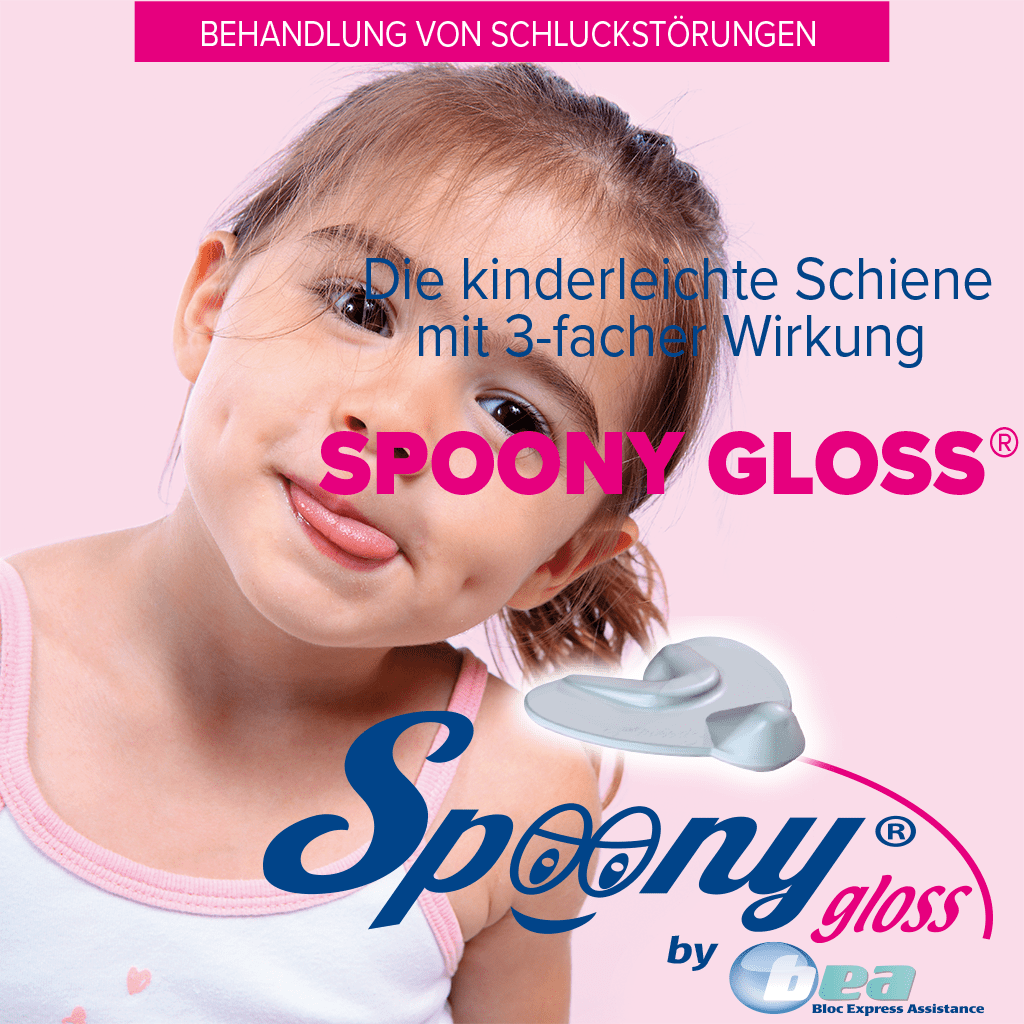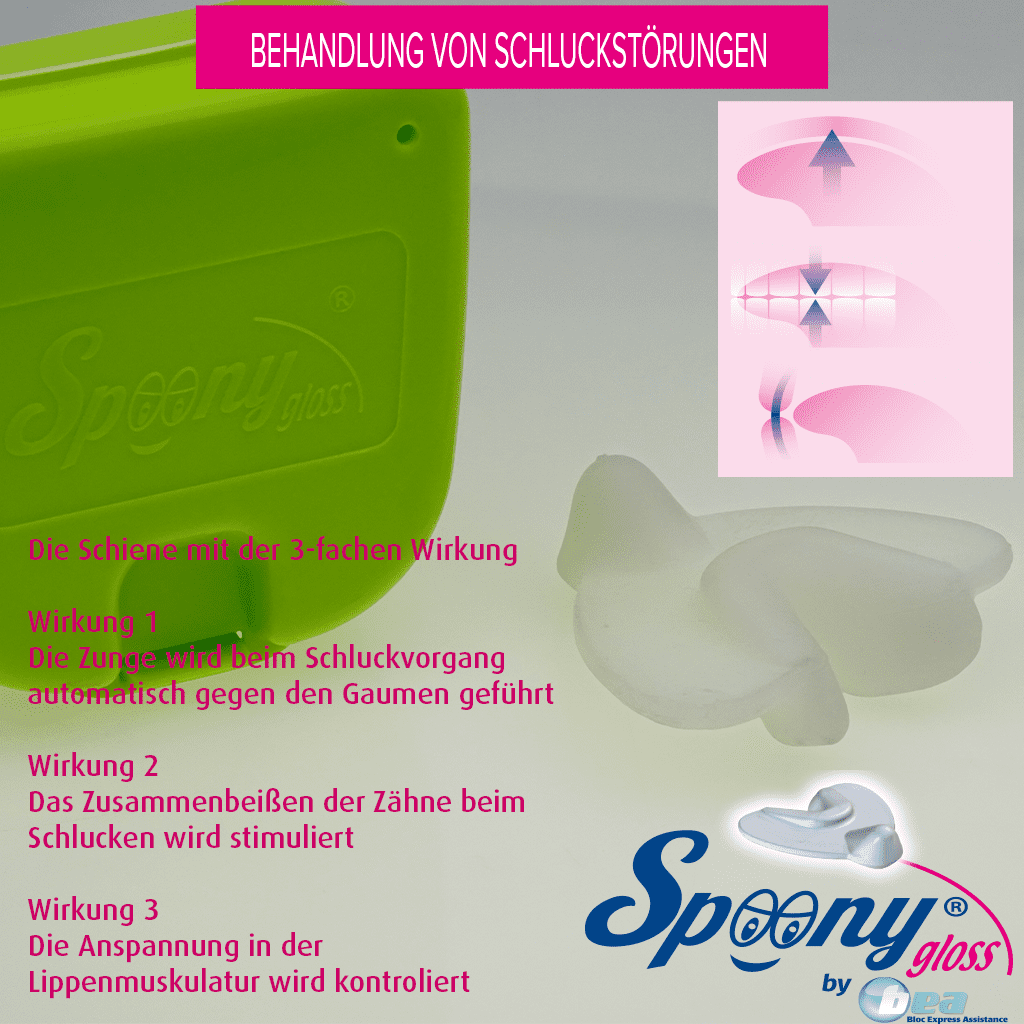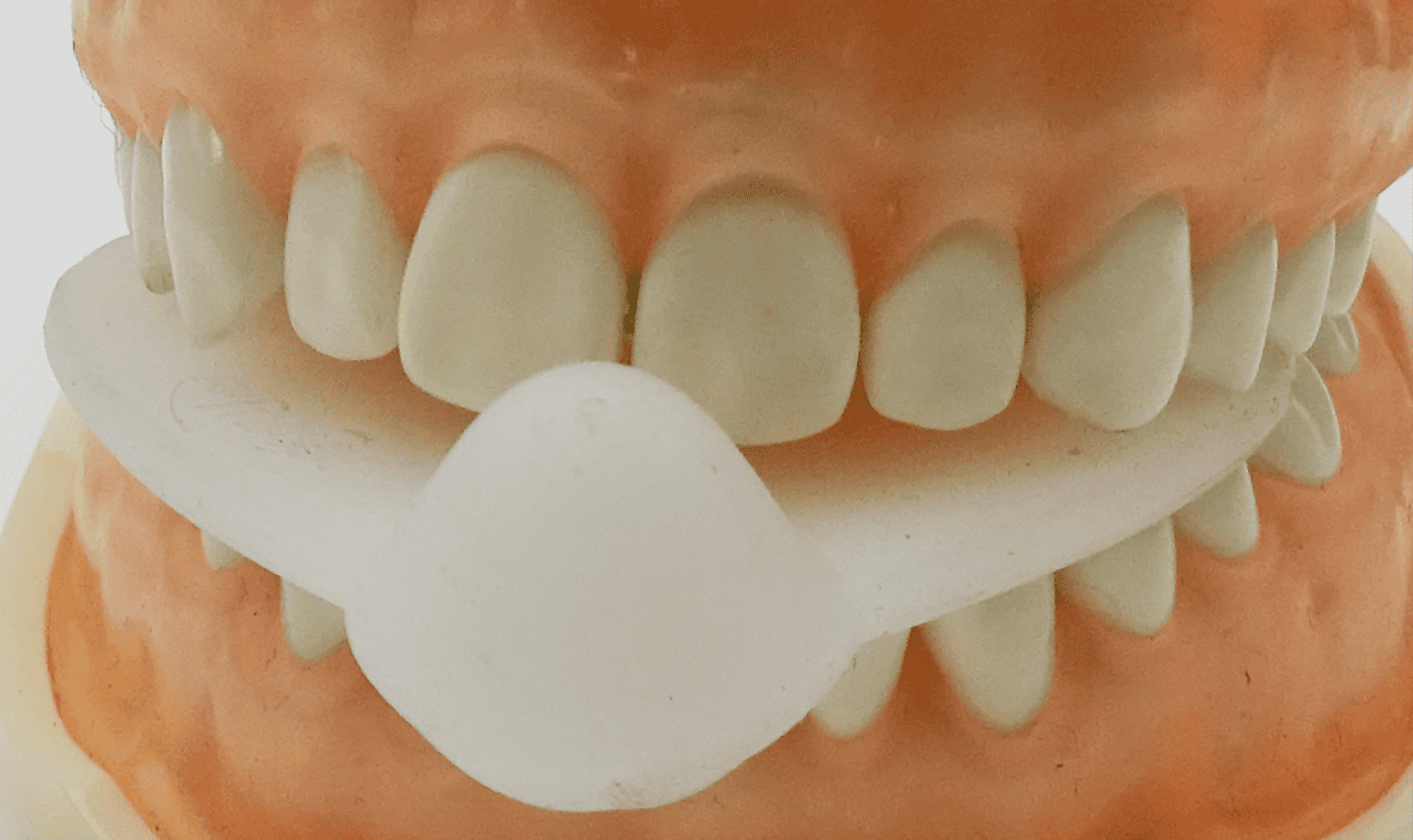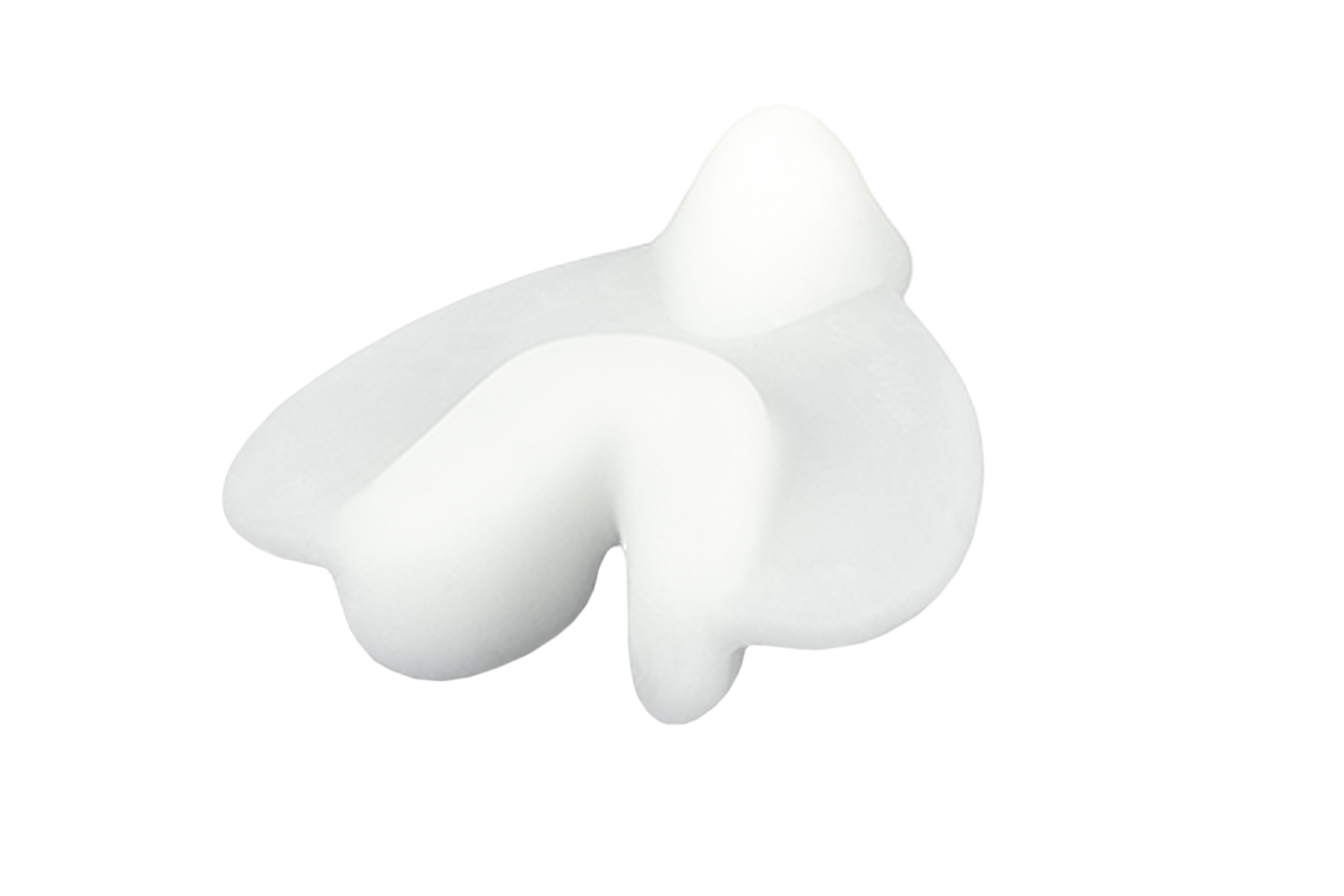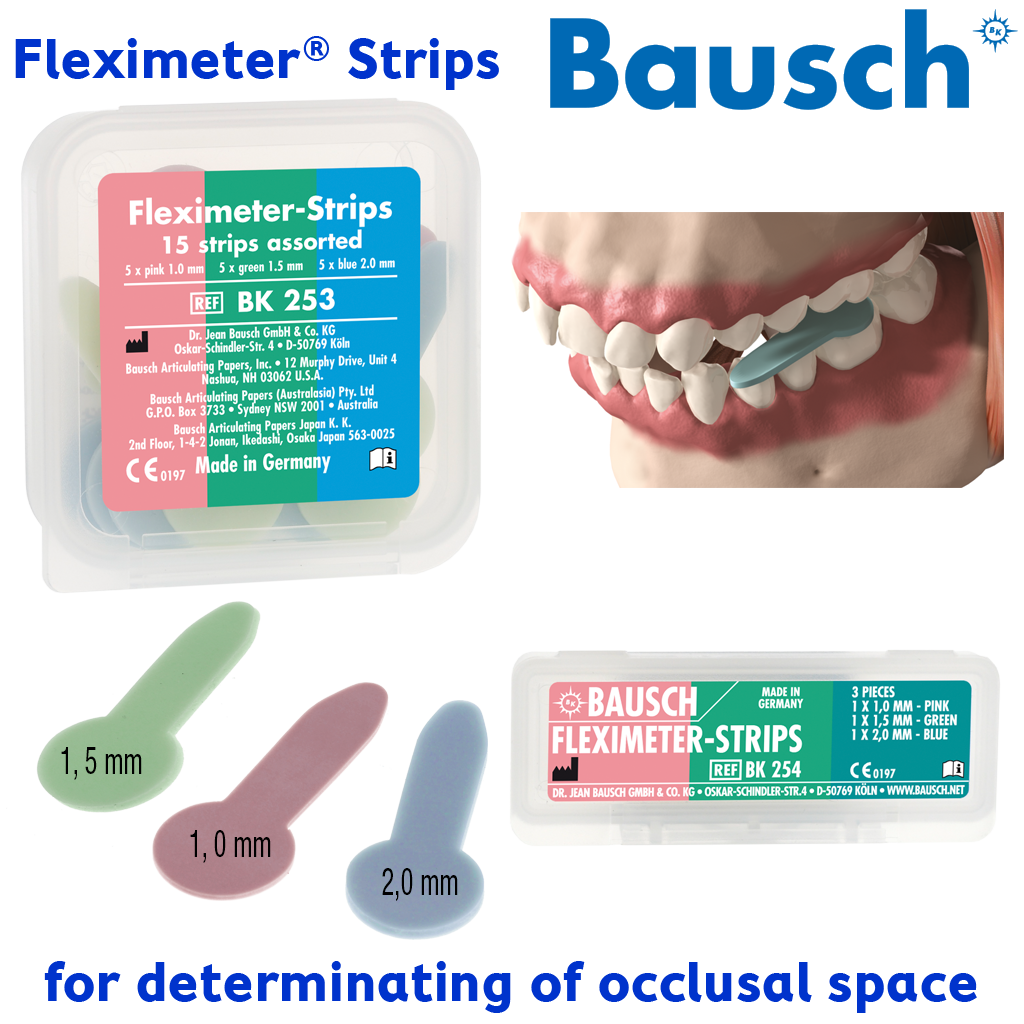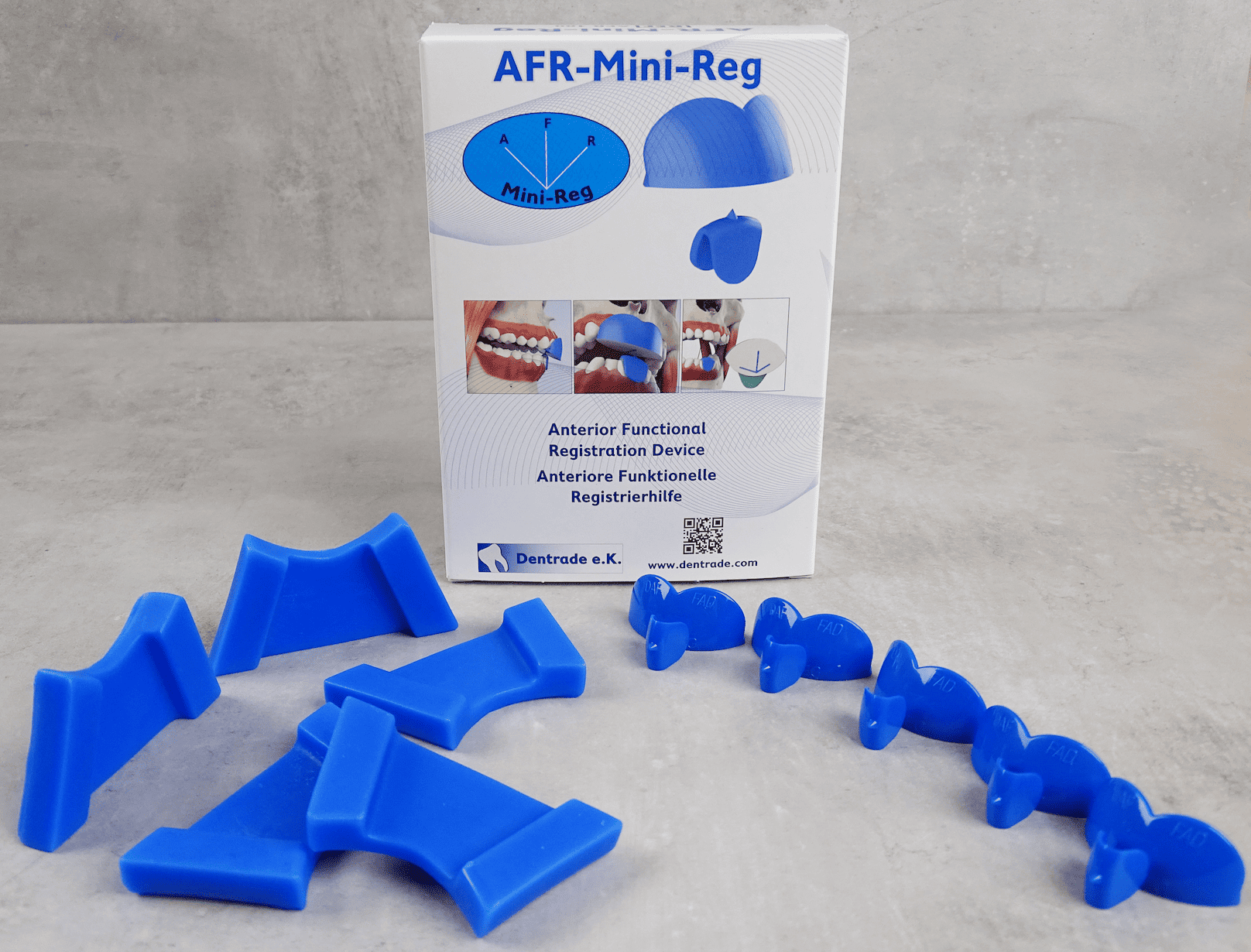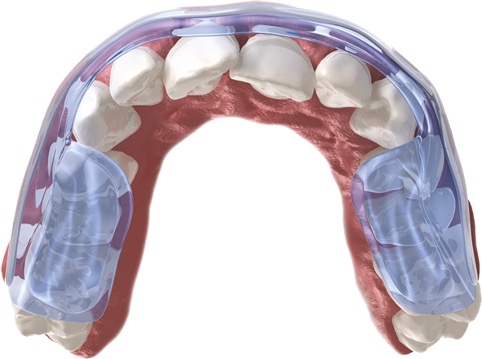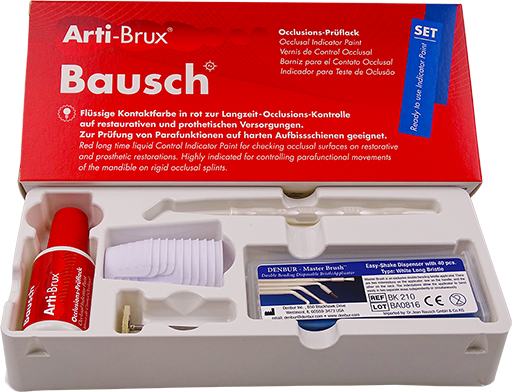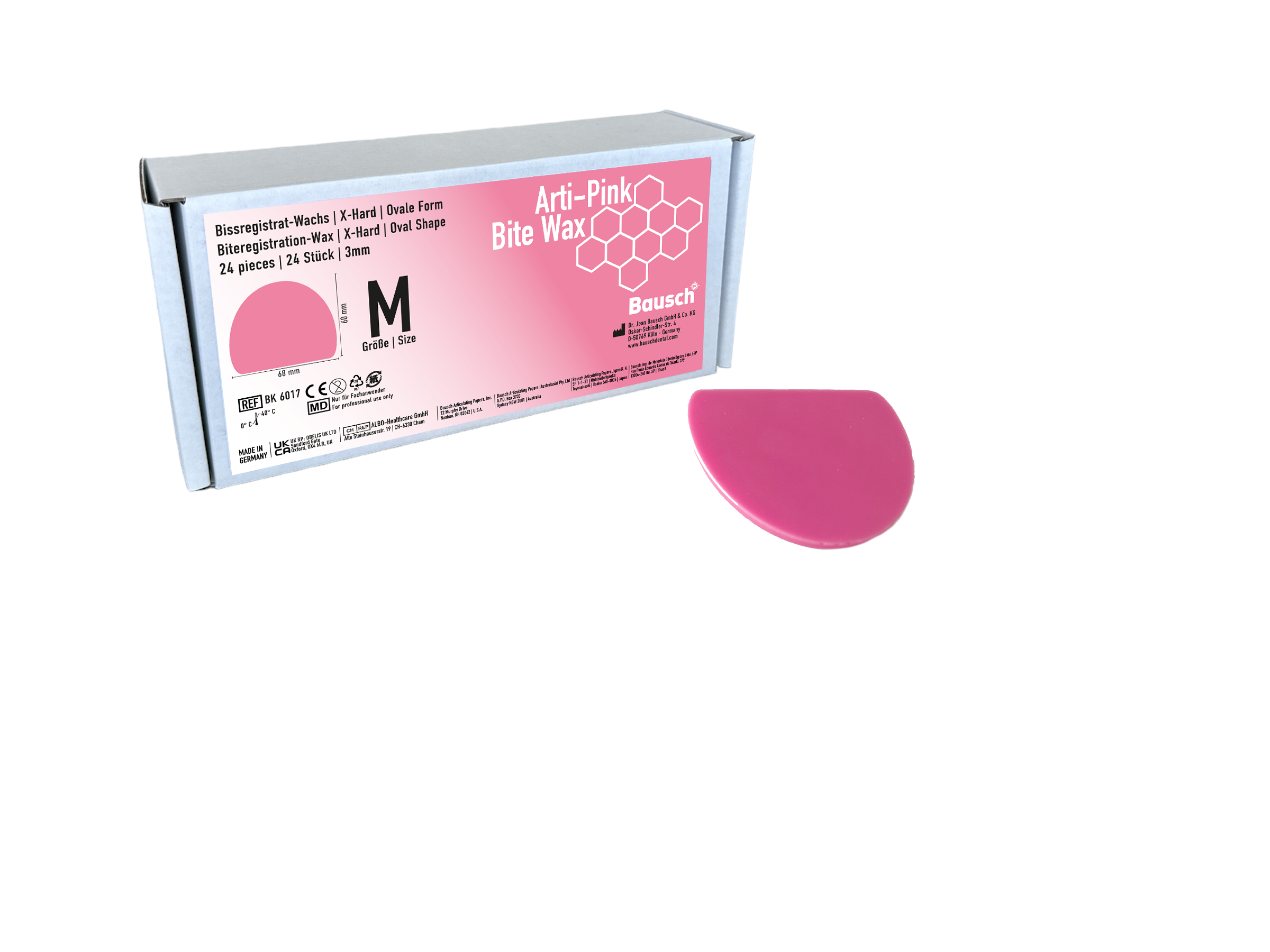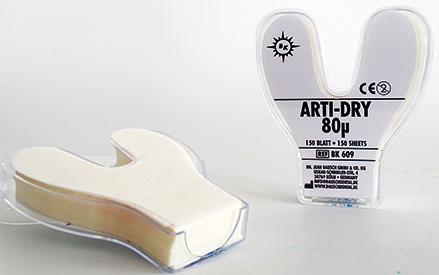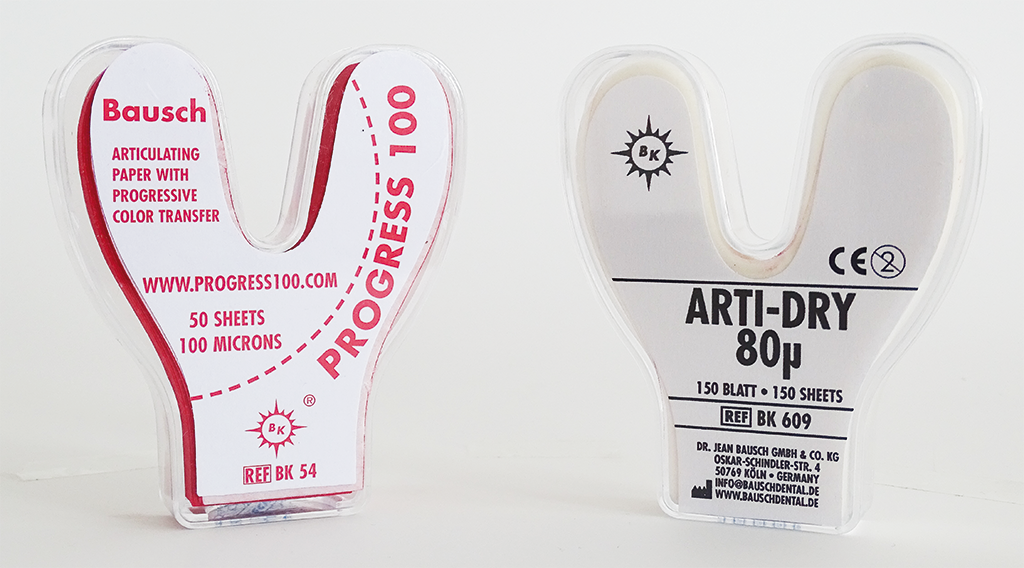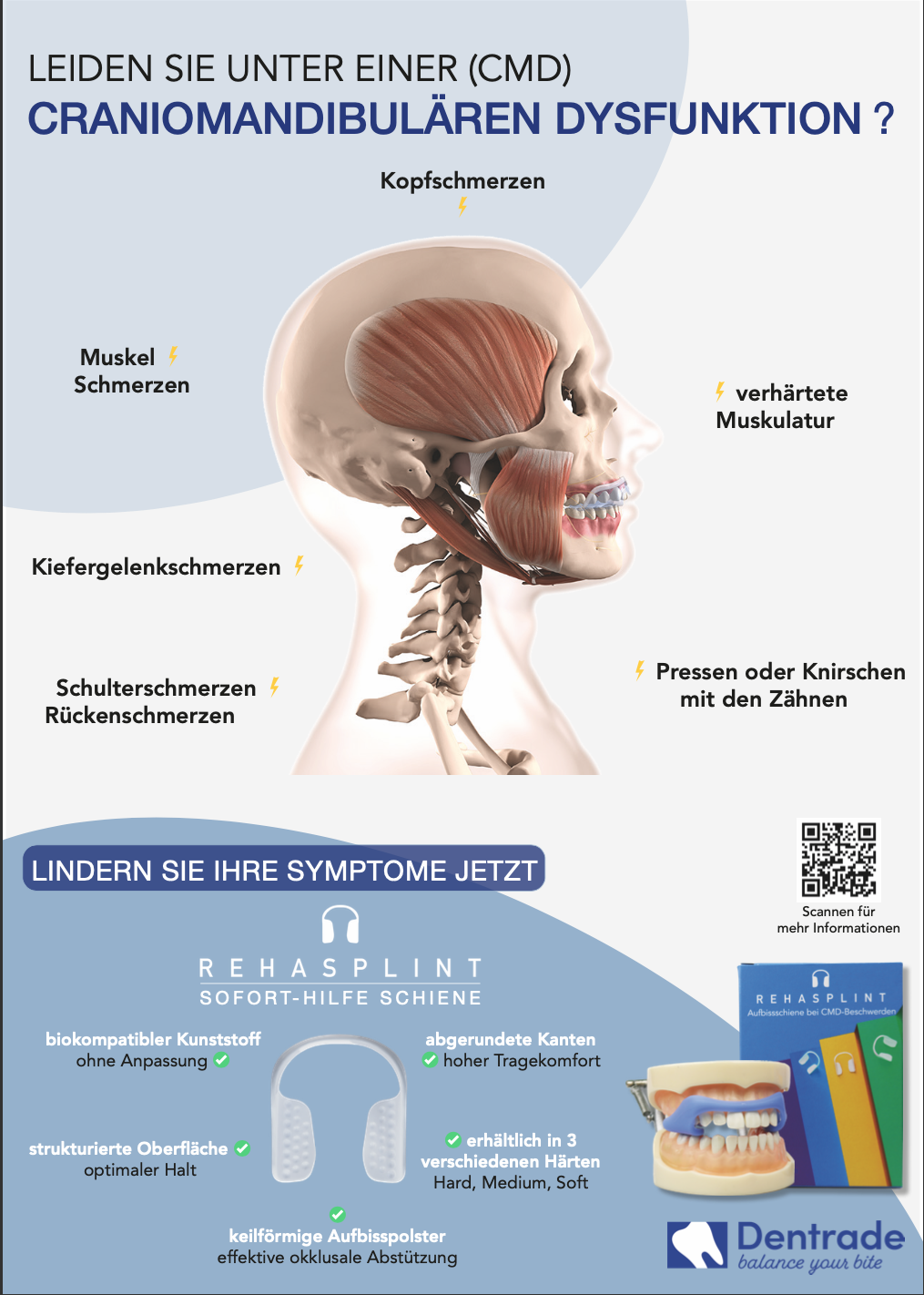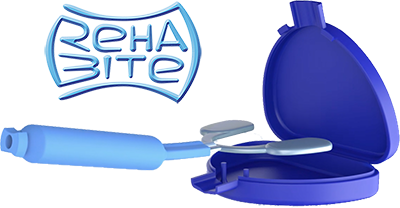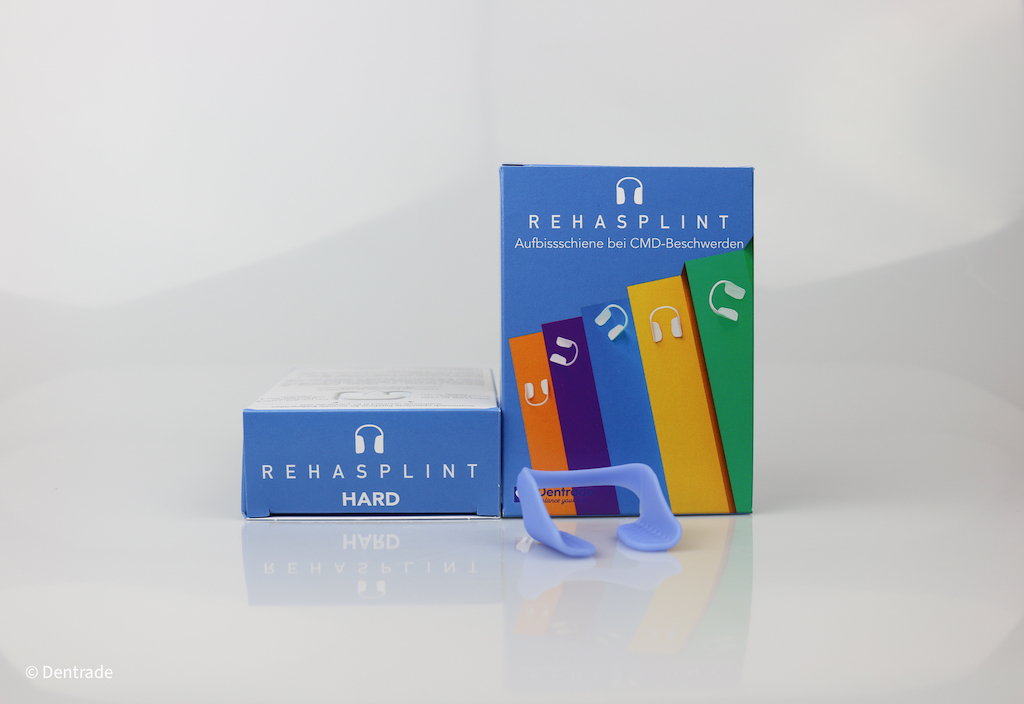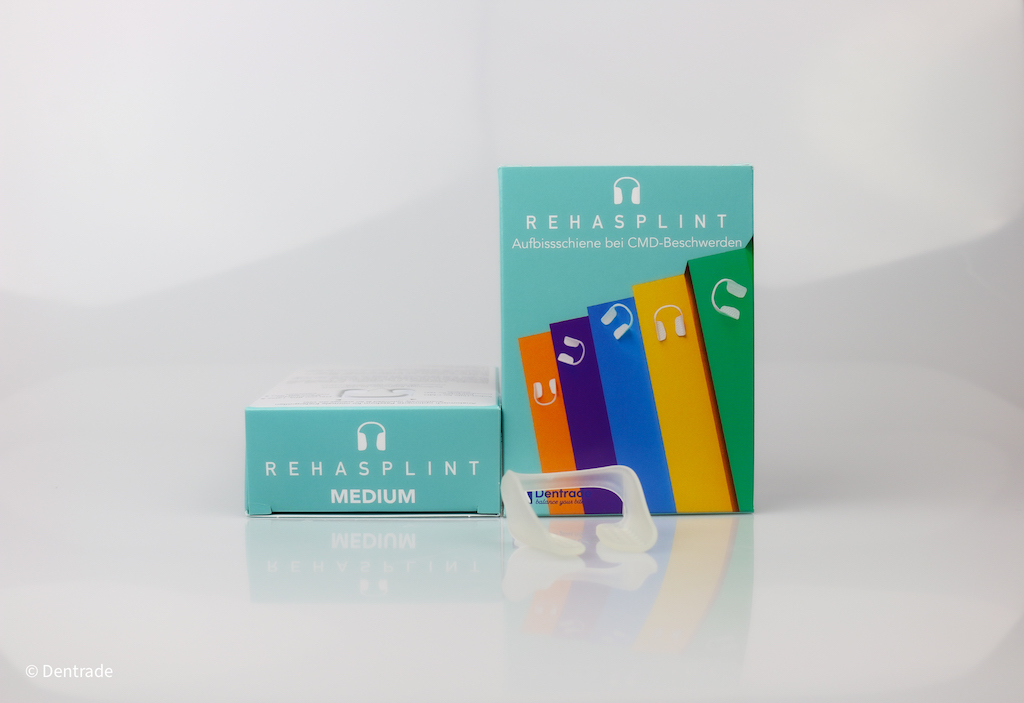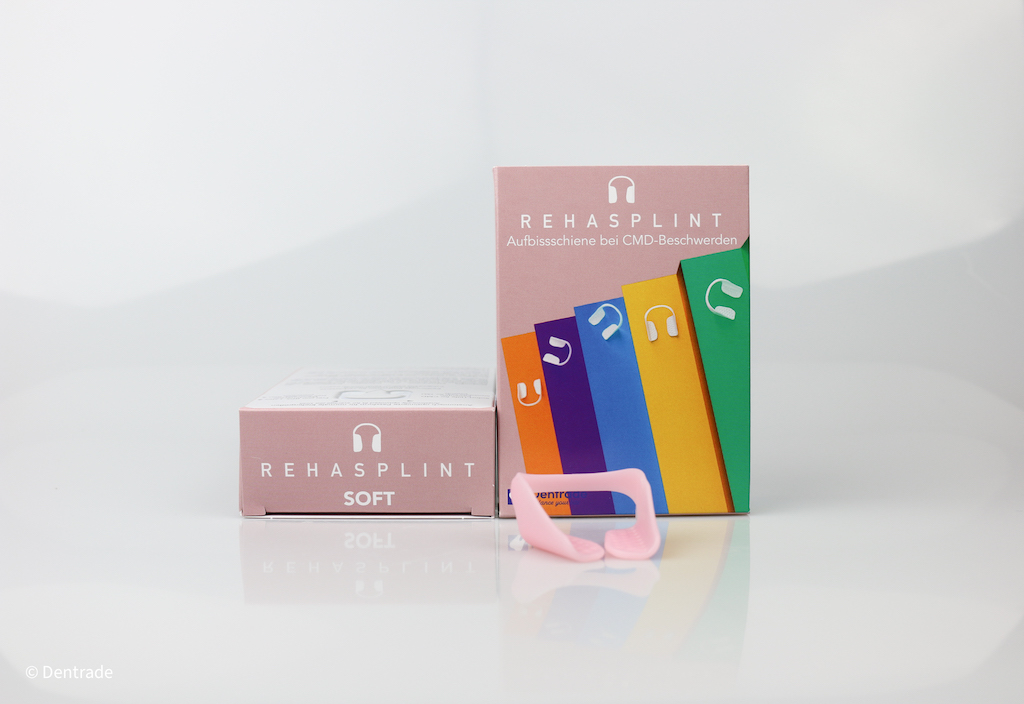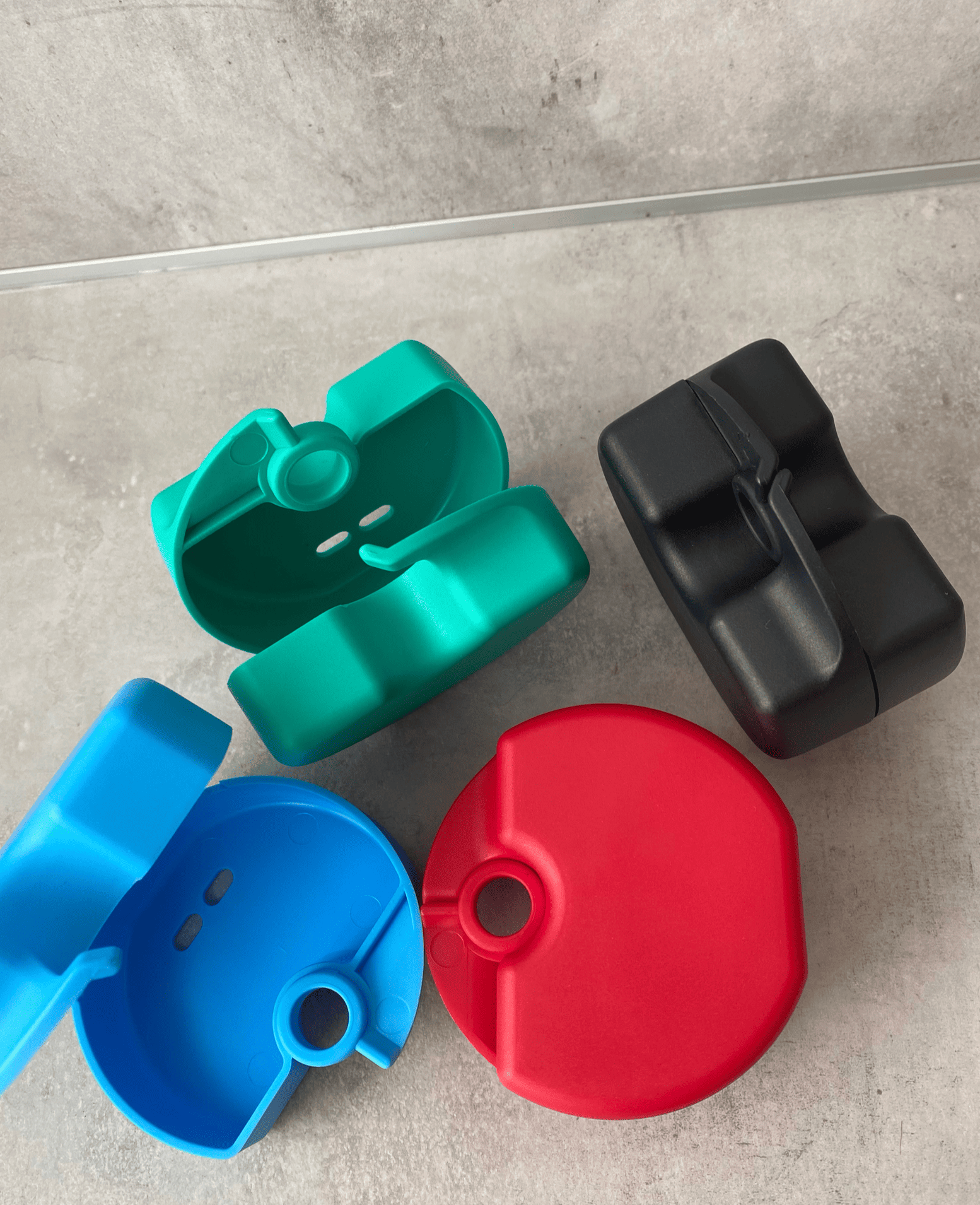Spoony Gloss
| Quantity | Unit price |
|---|---|
| To 2 |
€36.93*
|
| To 4 |
€33.95*
|
| To 9 |
€33.06*
|
| From 10 |
€32.17*
|
Available, delivery time: 2-3 Tage
Spoony Gloss - Corrects Lingual Posture
Swallowing difficulties or dysphagia can occur in early childhood years.
If left untreated, a poorly positioned tongue can lead to health consequences such as mouth breathing, tongue protrusion or speech disorders. Due to the individual adjustment options, the Spoony Gloss is suitable for everyone. For therapy of myofunctional disorder, the tongue is automatically guided against the palate during swallowing.
With a myofunctional disorder, the tongue pushes against the front and side teeth, which can regularly lead to tooth and jaw misalignment. Further symptoms are mouth breathing and opening, sibilant sounds, increased salivation, forward displacement of the tongue during talking and speech disorders.
Spoony Gloss Triple Effect
The ready-to-use splint has three main functions for the therapy of myofunctional dysphasia.
1. The tongue is automatically guided against the palate during swallowing
The double spoon provides a correction of the tongue movement during swallowing. The daily use of this splint for 15 minutes provides a long lasting training effect for repositioning the tongue into the correct position.
2. The clenching of the teeth during swallowing is stimulated
The special design of the splint coordinates the neuromuscular system during the swallowing process.3. The tension of the lip muscles is controlled
Login
January 3, 2024 12:10
Hilft meiner Tochter
Meine Tochter hat den Spoony von ihrer Logopädin empfohlen bekommen zur Behandlung ihrer Mundatmung. Bisher nimmt sie den Spoony gut an und bereits sehe ich Fortschritte. Ich bin gespannt auf die weitere Entwicklung!
June 20, 2023 11:14
Für Erwachsene auch geeignet!
Ich habe den Spoony von meinem Chiropraktiker bekommen. Erst war ich skeptisch, da ich mir darunter nix vorstellen konnte. Fand es sah sehr komisch aus und die Indikation treten ja auch eher bei Kindern auf. aber was soll ich sagen. Meditiere damit abends immer und meine Beschwerden haben sich extrem verbessert
March 17, 2022 12:09
Toller Behelf in der Logopädie!
Wir sind langjährige Kunden und benutzen den Behelf bei sehr vielen Patienten in unser Praxis! Sehr angenehm, die Patienten tragen dies sehr angenehmen beim TV und toller Effekt und Wirkung als Unterstützung während der Therapie!
September 13, 2021 08:42
Vom Osteopth empfohlen!
Ich bin 65 Jahre alt und mir hat das ein Osteopath empfohlen. Ich trage es täglich eine halbe Stunde. Es hat mir sehr gegen die Schmerzen geholfen und ich atmete besser. Ein grosses Dankeschön!
September 13, 2021 08:38
Weniger Schnarchen
Der Spoony hat mir geholfen zu entspannen und durch training schnarche ich jetzt weniger. Dieses kleine Tool ist wirklich fantastisch. Herzlichen Glückwunsch an die französischen Designer, die die Idee hatten!
August 24, 2021 08:48
Tolles Produkt -
Ich verordne dies gerne Kindern mit Konzentrationsschwächen. Diese leichte nuckeln hilft meinen kleinen Patienten ungemein. Die Zischlaute sind merklich zurück gegangen!
July 29, 2021 13:45
Give it a try
Mir wurde der Spoony empfohlen. Es soll auch bei Schnarchen helfen. Hier kann ich noch nix zu sagen, aber es ist sehr angenehmen. Es ist gut für die konzentration, wenn man so fest dabei die Zähne zusammen beißt. Sehr angenehme
July 15, 2021 10:08
Used for speech disorders.
Used for speech disorders. It takes a while for it to arrive in the UK.
July 14, 2021 09:00
Liebs
Hallo liebes Team, vielen Dank für die überaus nette Beratung und großes Lob! Bin mit dem Spoony sehr zufrieden! Meine kleine Tochter schafft ihre Hausaufgaben damit viel konzentrierter. Das lispeln hat stark aufgenommen. Sie merkt das Produkt gar nicht. Danke !!!!! Beste Grüße Britta Kalompski
May 19, 2021 10:55
Rückmeldung zum Aqualizer und zum Spoony Gloss
Sehr geehrte Frau Bausch, hier meine Rückmeldung zum Aqualizer und zum Spoony Gloss. Spoony Gloss = Sehr angenehmer Trage- bzw. Beißkomfort ;-) sowohl für Kind wie für Erwachsenen.....Vertiefte Nasenatmung stimulieren und somit auch für Schnarchpat. geeignet. Gefällt mir sehr! Und beißt sich sehr angenehm während der Büroarbeitszeiten, ob es mich auch bei meiner CMD/Kopfgelenk/HWS-Bandscheiben auf lange Sicht unterstützen wird - wird sich zeigen...ich trage den Spoony Gloss ca. 15 Min. tägl. tlw. auch Länger bei "kniffligen Denk-Verwaltungs-Büro-Aufgaben" Frage: Reinigung/Desinfizierung gibt es eine Empfehlung diesbezüglich von ihnen? Z.B. Silikon-Desinfektionsmittel wie für Babyflaschenaufsätze? Aqualizier = Auch sehr angenehm! Meine Zahnarztpraxis Dorlöchter in Aschaffenburg kannte den Aqualizer schon und setzt ihn ein. Ebenfalls positive Rückmeldung erhalten! Sonnige Grüße aus dem sehr "winterlichen" Allgäu

